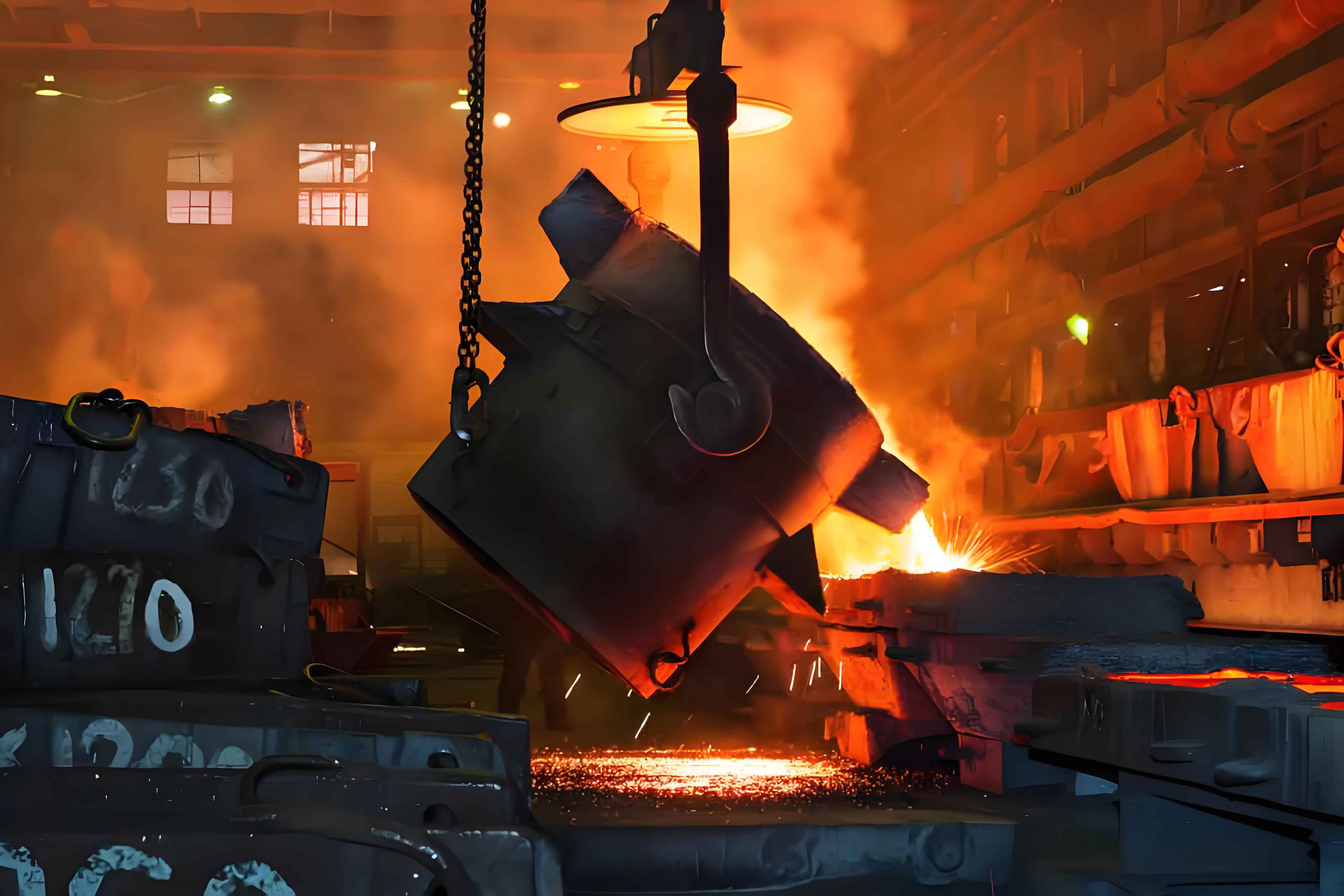Grey cast iron finds widespread use in various industrial applications. However, its corrosion behavior in marine environments poses significant challenges due to the harsh conditions characterized by high salinity, humidity, and the presence of corrosive agents. This article explores the corrosion behavior of grey cast iron in marine environments, highlights the factors influencing corrosion, and discusses prevention and protection strategies.

Introduction
Marine environments are among the most aggressive settings for materials due to the combined effects of saltwater, oxygen, and fluctuating temperatures. Grey cast iron, despite its advantageous properties, is susceptible to corrosion in such environments. Understanding the mechanisms of corrosion and implementing effective prevention and protection strategies is crucial for extending the service life of grey cast iron components used in marine applications.
Understanding Corrosion in Grey Cast Iron
Corrosion of grey cast iron in marine environments primarily occurs due to the electrochemical reactions between the iron, oxygen, and chloride ions present in seawater. The presence of graphite flakes in grey cast iron can also influence its corrosion behavior. Key factors affecting corrosion include:
- Electrochemical Reactions:
- The anodic dissolution of iron and the cathodic reduction of oxygen in the presence of chloride ions accelerate corrosion processes.
- Graphite Flakes:
- Graphite flakes can act as cathodic sites, promoting localized galvanic corrosion and pitting.
- Microstructure:
- The pearlitic or ferritic matrix of grey cast iron impacts its corrosion resistance, with pearlitic structures generally being more resistant due to their higher hardness.
- Environmental Factors:
- Temperature, salinity, and the presence of dissolved oxygen and pollutants in seawater significantly influence the rate and type of corrosion.
Comparative Table of Corrosion Factors
| Corrosion Factor | Description | Impact on Corrosion Behavior |
|---|---|---|
| Electrochemical Reactions | Anodic dissolution and cathodic reduction | Accelerates overall corrosion rate |
| Graphite Flakes | Cathodic sites promoting galvanic corrosion | Increases localized corrosion (pitting) |
| Microstructure | Pearlitic vs. ferritic matrix | Pearlitic structure offers better resistance |
| Environmental Factors | Temperature, salinity, dissolved oxygen, pollutants | Varies with conditions, generally increases corrosion |
Challenges in Preventing Corrosion
- Localized Corrosion:
- Pitting and crevice corrosion are common in marine environments, leading to localized damage that can compromise structural integrity.
- Uniform Corrosion:
- Uniform thinning of grey cast iron components over time can lead to reduced mechanical strength and potential failure.
- Environmental Variability:
- Changes in seawater temperature, salinity, and oxygen content can cause fluctuations in corrosion rates, making it challenging to predict and manage corrosion.
- Protective Coatings:
- Applying and maintaining effective protective coatings in marine environments can be difficult due to the harsh conditions and the need for regular inspection and maintenance.
Prevention and Protection Strategies
- Material Selection:
- Choosing grey cast iron alloys with optimized compositions and microstructures can enhance corrosion resistance. High silicon and nickel content can improve corrosion performance.
- Protective Coatings:
- Applying protective coatings such as epoxy, polyurethane, or zinc-rich primers can provide a barrier against corrosive agents. Regular maintenance and inspection are necessary to ensure the integrity of these coatings.
- Cathodic Protection:
- Using sacrificial anodes (galvanic protection) or impressed current systems can mitigate corrosion by making the grey cast iron cathodic, thereby reducing its dissolution rate.
- Corrosion Inhibitors:
- Adding corrosion inhibitors to seawater can help form protective films on the surface of grey cast iron, reducing the rate of anodic and cathodic reactions.
- Environmental Control:
- Minimizing exposure to harsh marine conditions by using controlled environments, such as dry docking or protective enclosures, can significantly reduce corrosion rates.
Case Studies and Applications
- Marine Piping Systems:
- Challenge: Pitting and uniform corrosion reducing pipe wall thickness.
- Solution: Use of high-silicon grey cast iron, application of epoxy coatings, and regular cathodic protection.
- Outcome: Extended service life and reduced maintenance costs.
- Ship Hulls:
- Challenge: Extensive corrosion due to continuous exposure to seawater.
- Solution: Implementation of sacrificial anodes and periodic application of high-performance marine coatings.
- Outcome: Improved hull integrity and lower frequency of repairs.
- Offshore Structures:
- Challenge: Corrosion at splash zones and submerged areas.
- Solution: Use of impressed current cathodic protection systems and specialized coatings.
- Outcome: Enhanced structural longevity and safety.
Future Trends and Research
- Advanced Coatings:
- Development of nanocoatings and smart coatings with self-healing properties to provide long-lasting protection against marine corrosion.
- Corrosion Monitoring Technologies:
- Integration of real-time corrosion monitoring systems using sensors and IoT technology to provide continuous assessment and early detection of corrosion issues.
- Sustainable Corrosion Inhibitors:
- Research into eco-friendly and biodegradable corrosion inhibitors to reduce environmental impact while maintaining protection efficiency.
- Material Innovations:
- Exploration of new grey cast iron alloys with improved corrosion resistance through advanced alloying techniques and microstructural control.
Conclusion
The corrosion behavior of grey cast iron in marine environments presents significant challenges, but with the right strategies, it is possible to mitigate these effects and extend the service life of grey cast iron components. By understanding the key factors influencing corrosion and implementing effective prevention and protection measures, industries can enhance the performance and durability of grey cast iron in marine applications. Ongoing research and technological advancements will continue to provide new solutions and improve the sustainability of grey cast iron use in harsh environments.
